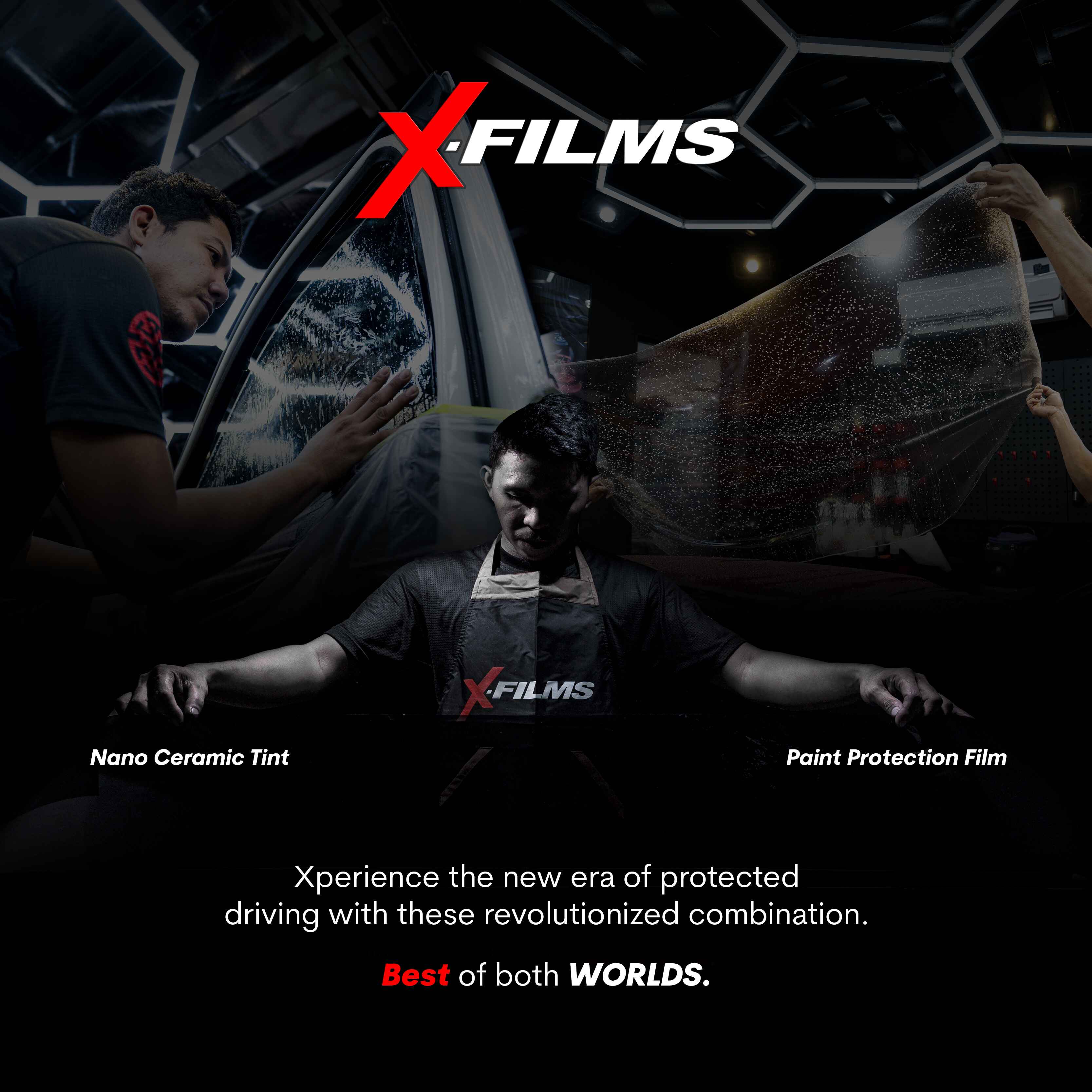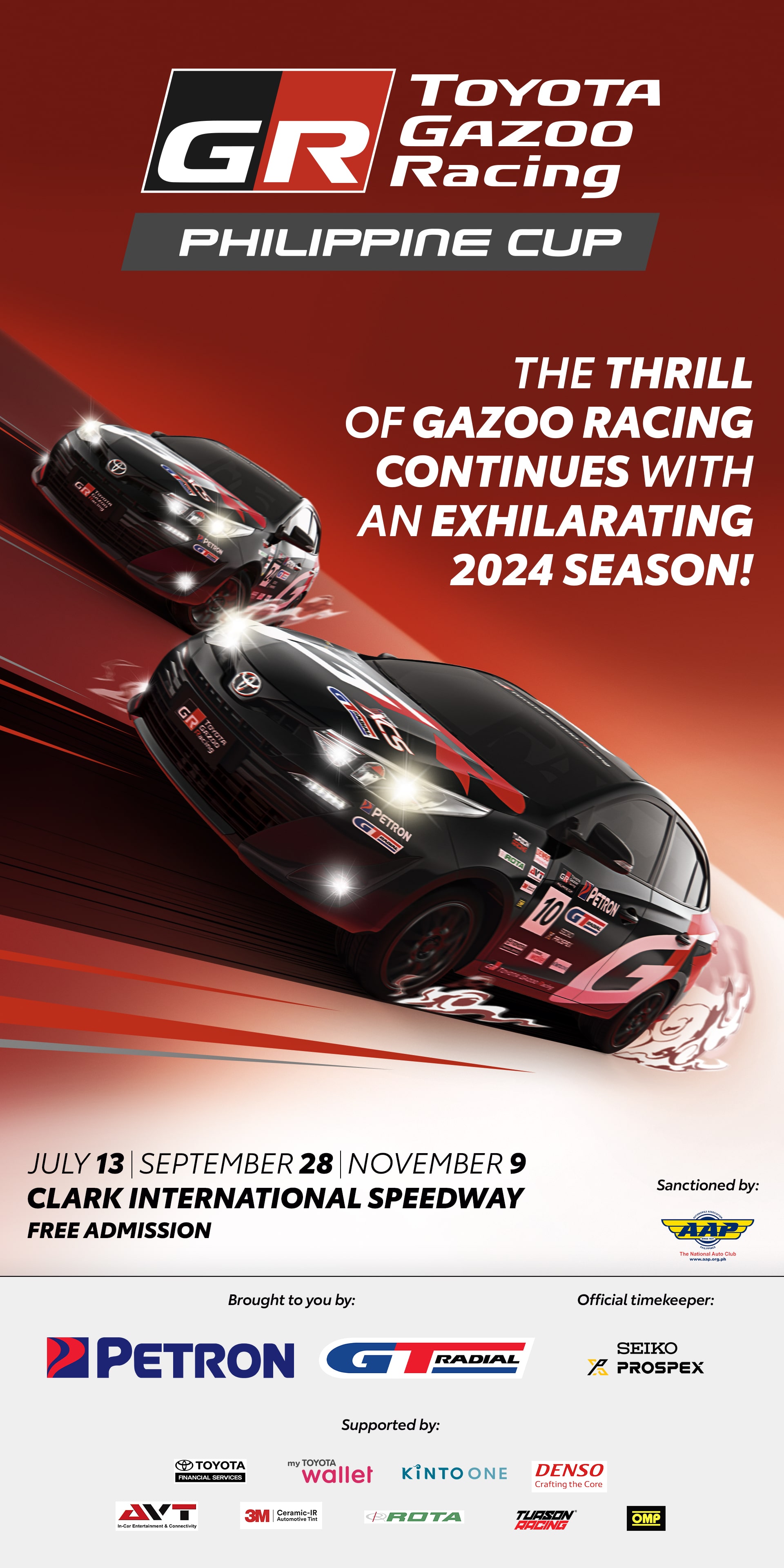DIRECT4 ALL WHEEL DRIVE CONTROL
DIRECT4, an exclusive Lexus technology, is an intelligent system that constantly and seamlessly balances the drive torque between the front and rear axles. The result is stress-free performance and stable handling, with intuitive operation strengthening the sense of connection between driver and machine.
The system uses ECU sensors to collect, evaluate and react to a range of factors, including vehicle speed, steering angle and G forces. From these inputs, it calculates and immediately applies the appropriate drive torque to each e-Axle to maximise grip and traction suitable for the road surface. The front/rear torque bias can be adjusted in milliseconds – faster than any mechanical system.
BATTERY ELECTRIC POWERTRAIN
In developing a new battery electric powertrain, Lexus sought to strike a practical balance between performance and efficiency. To achieve its aims, it was able to apply multiple technology advantages from its experience of developing successful hybrid electric vehicles over the past two decades. Key to this strategy was adoption of an optimally sized battery that delivers the best balance between driving range, efficiency, cost, and size/packaging.
Battery electric powertrain
Lexus has designed a compact, high-voltage system circuit in which a transaxle and inverter are contained within the eAxle units. An Energy Storage Unit (ESU) integrates the charging, power supply and power distribution functions. Noise filters have been added to the circuit to enhance electromagnetic compatibility; this helps avoid interference with the vehicle’s audio system.
The permanent magnet motors have a high-power density and 17,000 rpm rotation speed. The inverter achieveshigh volumetric efficiency while allowing for a high current output. Its compact size – helped by a frame-style construction – allows it to be integrated in the transaxle. The motors are located on a symmetrical three-point aluminium mounting system giving balanced support that contributes to comfort, handling, stability and quiet performance.
Using grille shutters in front the radiator reduces air resistance and gives high cooling performance when required; these automatically close when not required. Ducts in the front grille direct air flow to the radiator, even when the shutters are closed. Cooling performance is provided a single, large-diameter fan.


